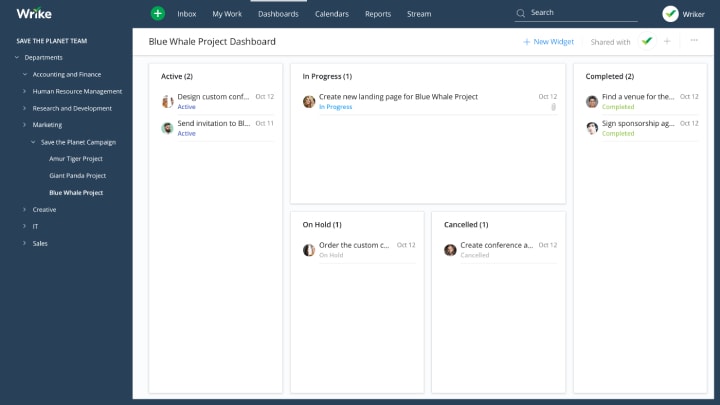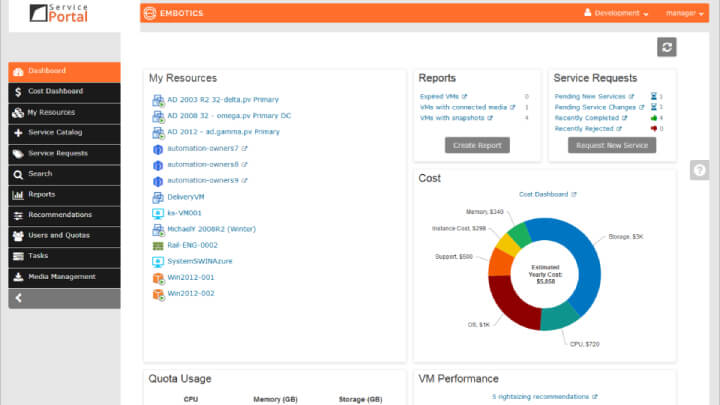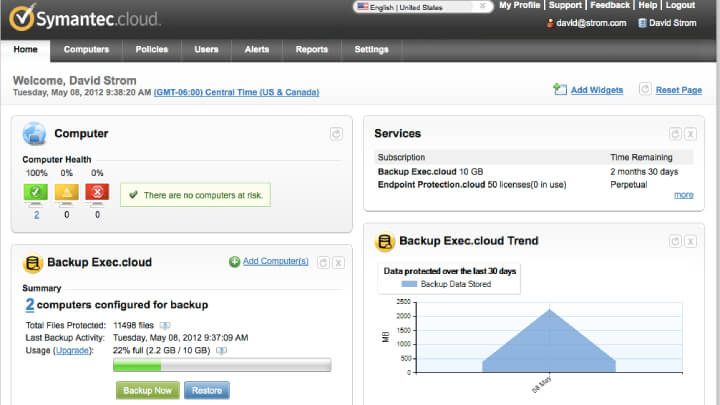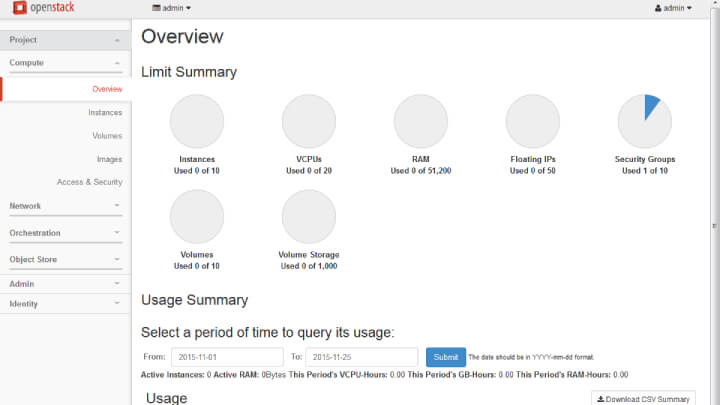
In the fastly-growing tech world, organizations are continuously trying to find out new ways that can transform their business and can take it to new heights. They have their eyes on various emerging technologies like Artificial Intelligence (AI), Blockchain, Internet of Things (IoT), etc. One of the most emerging technologies is hybrid cloud computing that has great potential of providing organizations with sustainable results and in a cost-effective manner.
The cloud computing market was reported to have a worth of 36,700 million USD in 2018 and it’s expected to become an industry having a value of 285.3 billion USD in 2025, growing with a CAGR of 29.2% during the forecasted period. While on the other hand, the size of the global hybrid market was found to have a value of 36,138 million USD in 2017 and it’s anticipated to grow to an industry worth 171.93 billion USD by 2025, with a CAGR of 21.7%.
Hybrid cloud: An offer organization can’t refuse
There are basically three types of clouds in the market: public, private, and hybrid. A public cloud represents an infrastructure as a service offering purchased from big tech giants like Apple, Google, Amazon, IBM, etc while a private cloud serves only a single user and it’s either self-hosted or hosted by a cloud provider. A cloud computing environment that mixes on-premises, private cloud, and third-party cloud services with orchestration between two platforms is known as a hybrid cloud. It can be a combination of private and public clouds which differ from each other in many aspects but can provide effective results together. In the same series, there can be introduced a multi-cloud that can be a combination of the three basic clouds.
As computing needs change with costs, a hybrid cloud allows the movement of workloads between a private and public cloud providing the businesses with greater flexibility and more options for data deployment, making it an ideal choice for organizations and an offer they can’t refuse.
Organizations are leveraging the strategic advantages and benefits offered by the hybrid cloud and they’re increasingly moving towards it as it offers the features of both the public and private clouds. The scalable and pay-as-you-go infrastructure enabled by the public cloud is transforming the banking and finance (BFSI) industry while a private cloud makes the process predictable and provides full control over it. It also enhances customer experience and secures the mission-critical applications and data.
Various companies, including big techies like IBM, are identifying the potential implications of hybrid cloud and are trying to make the beneficial use of it. For instance, IBM is helping the State of Ohio to consolidate and modernize all the departmental data centers into computing centers which will integrate and build thousands of applications. It’s making use of a shared private cloud which is costing a lot lesser than its existing infrastructure.
Challenges of hybrid cloud computing strategy
Maintaining security: On a hybrid cloud, the data is circulated on multiple problems and the threats of data breaches increase with the increase in the number of platforms used.
Handling multiple cloud providers: A certain set of skills and expertise is required to manage multiple clouds provides to deal with the authenticity along with time management.
Scaling complications: Applications that are built behind your firewall and require more capacity and capability increases the complexities associated with scalability. It must be engineered in a way such that it leverages the cloud capacity and keeps the data secure.
Hybrid cloud costs: The overall costs of a Hybrid cloud might be less as compared with the public and private clouds but the migration costs re quite higher.
Compliance issues: It’s the most common reason for companies to choose a hybrid model as the governmental and industrial regulations are changed constantly.
Migration complexity: Your application must be functional in both the traditional and cloud environment which raises the challenge of testing it in both the environments.
Compatibility: As per requirement, organizations might end up combining all the aloud services with multiple infrastructures which increases the chances of process incompatibility.
Hybrid governance: Cloud solutions require robust and new governance structures to frame important considerations while dealing with network access. There should be a resource pooling and rapid elasticity along with automated tasks which is a real challenge.
Cost management: You can reduce the costs by using Hybrid cloud computing, but many migration projects might cross the expected budget and can affect cost management.
Understand goals and outcomes: Most businesses are not clear about the goals they want to achieve before they migrate to the Hybrid cloud.
Common mistakes when adopting hybrid cloud computing
Assuming the cloud works out-of-the-box: It works at its own pace and speed. It won’t work like magic but will surely assist you in a strategic manner to transform your business.
Jumping in too fast: Organizations often make this mistake of migrating to the Hybrid cloud without identifying their business goals and ways to achieve them.
Un-monitored spending: In order to get fast results, businesses lose track of money spent on cloud services while it should be invested based on a well-thought plan that meets your business needs.
Incompatibility and holdover applications: With the increased number of infrastructures introduced by the Hybrid cloud, there come incompatibility issues associated with those platforms and their applications.
Non-native cloud services: Cloud services bring elasticity to the infrastructure, but people often make the mistake of rushing into non-native cloud services and end up missing the mark.
How can IT staff be trained to manage a hybrid cloud environment: In the hassle of migrating to cloud services and get faster results, companies often miss out on training their staff for using those services. A hybrid cloud requires a certain level of expertise and knowledge to handle it which must be touted well.
How can a tool be used to make hybrid cloud computing easier?
Here are some of the popular tools to help you out in making the hybrid cloud computing easier:
Wrike: It’s an online project management software having multiple functions for various industries and offers a comprehensive set of tools which makes it an ideal choice for cloud management. It offers features like task creation, prioritization, and tracking, customized reporting tools, in-platform discussions, and real-time news feed.
Link: (Web | Reviews)
vCommander: It’s developed by Embotics for corporate IT groups, enterprises, and SMEs to reduce cloud infrastructure costs and enhance automation. Its key features are multi-cloud management, access control, SLA management, supply monitoring, and demand monitoring.
Link: (Web | Reviews)
IBM Cloud Orchestrator: It’s a cloud management platform designed to automate the provisioning of cloud services by making use of policy-based tools. Its core features are automated cloud configuration, provisioning and deployment, simplified, end-to-end cloud services management, and adherence to stringent SLAs using a single interface.
Link: (Web | Reviews)
Apache CloudStack: It’s an open-source software having a highly scalable Infrastructure as a Service (IaaS) cloud computing platform meant to deploy and manage large networks consisting of virtual machines. It offers built-in high availability for hosts and VMs, hypervisor agnostic, snapshot management, and usage metering.
Link: (Web | Reviews)
Symantec Web and Cloud Security: It brings together features like access governance, threat protection, and information security to provide a robust cyber defense across your project. It offers integrated cyber defense, advanced threat protection, information protection, and endpoint cloud security.
Link: (Web | Reviews)
OpenStack: It’s open-source software designed for creating private and public clouds. Its key features are OpenStack API, project navigation, data security, compliance, and privacy.
Link: (Web | Reviews)
Use cases of hybrid cloud in various industries
Legal: It protects original documents from data threats by offering the storage of encrypted data on an off-site public cloud and connecting it to the law firm’s private cloud.
Finance: It helps financial firms to reduce the space requirements by placing the trade orders on a private cloud and storing the analytics on a public cloud.
Healthcare: It ensures HIPAA compliance when hospitals send patient data to insurance providers.
Retail: It helps in processing of resource-oriented sales data and analytics.
Government: It’s helping the government in building a bridge leading to an IT-solutions driven future, delivering new engagement models for the people, and build government-as-s-platform services.
How TechAhead can help you in hybrid cloud computing?
TechAhead is a global leader in cloud service providers and trusted by Fortune 500 companies to Startups. It’s a one-stop solution for your needs, starting right from discovery to the deployment of your computing strategies. It offers project maintenance support to upgrade your existing computing techniques, helping enterprises migrate to hybrid cloud computing from the conventional ones.
Conclusion
Hybrid cloud computing has introduced new possibilities of taking a leap of faith into a world full of digital transformations that can assist organizations in building brand value and reach their goals. With time, it will provide the world with more such possibilities but before adopting them, one must analyse all the challenges, mistakes, advantages, and disadvantages associated with them to make the best out of the existing options.
TechAhead, a leading mobile app development company is known to deliver high quality mobile apps for all platforms and frameworks. Contact our experts now to take your business to the next level.











